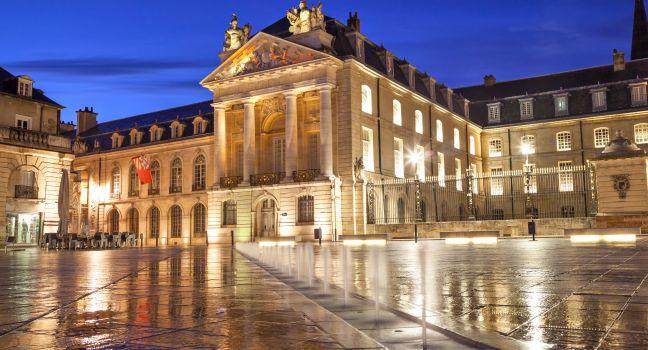La Cité Internationale de la Gastronomie et du Vin
This haven for foodies occupies a complex that combines starkly modern buildings and a renovated former hospital dating back to 1204, all sprawled over a 16-acre site at the southwest edge of the city. One of the contemporary wings houses an outpost of the Ferrandi culinary school and the Ecole des Vins de Bourgogne, which holds tastings and workshops. But the hub is the Gastronomic Village, an outdoor shopping mall with high-end food and wine shops, a culinary bookstore, and an on-site kitchen where top chefs hold live cooking demonstrations and masterclasses. One of the highlights is the Cave de la Cité, an oenophile's paradise, with more than 3,000 different wines, 250 sold by the glass. Among the on-site eateries, you'll find the café-brasserie Comptoir de la Cité and the first-class restaurant La Table des Climats. There are also permanent and temporary food-focused exhibitions, a museum, a cinema complex, and a luxury Hilton hotel.




